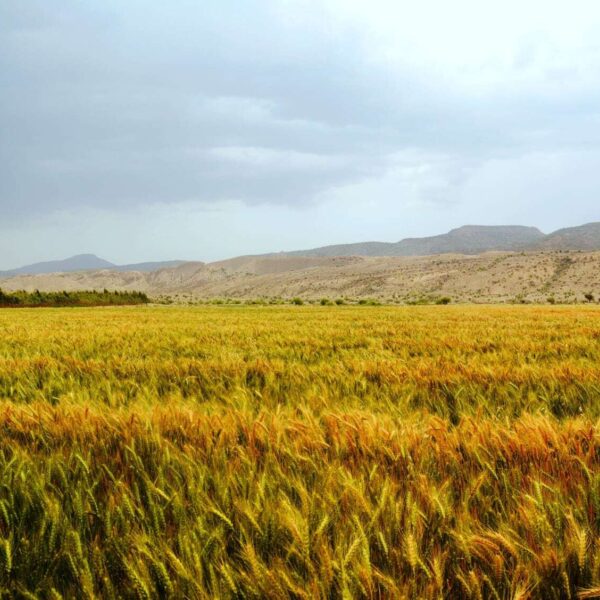
Klimaatrechtspraak: Pakistan Leghari zaak
Een paar weken terug, op donderdag 25 januari, sprak de ‘Lahore High Court Green Bench’ een vonnis uit dat het voorlopige eindpunt vormt van een reeks vonnissen in een klimaatzaak die een aanvang nam in de zomer van 2015.
De zaak werd einde augustus van dat jaar gestart door een landbouwer, de heer A. Leghari. De verzoeker bepleitte dat de klimaatverandering de bevoorrading in water en de voedselveiligheid in gevaar stelden. Hij trachtte te bekomen dat de autoriteiten eindelijk werk zouden maken van het Nationaal beleid inzake klimaatverandering (2012) en het Implementatiekader voor het klimaatveranderingsbeleid (2014-2030). De rechtbank heeft zijn verzoek ingewilligd. Zij vaardigde een reeks bevelen uit die de bevoegde autoriteiten aan het werk hebben gezet. Een Klimaatveranderingscommissie werd opgericht om toe te zien op de noodzakelijke beleidsontwikkeling.
In het vonnis van 25 januari 2018 neemt de zetelende rechter, rechter S. Mansoor Ali Shah, akte van het neerleggen van het werkingsverslag van de Klimaatveranderingscommissie door haar voorzitter. Uit dit verslag blijkt dat in de periode september 2015 – januari 2017 66% van de prioritaire acties van het Implementatiekader voor het klimaatveranderingsbeleid uitvoering kregen. Aansluitend bij deze vaststelling, analyseert rechter Mansoor de rol van de rechter in een maatschappelijke context waar het milieucontentieux evolueert naar een klimaatcontentieux.
Zijn analyse verdient een woordelijke weergave:
“20. … a judge today must be conscious and alive to the beauty and magnificence of nature, the interconnectedness of life systems on this planet and the interdependence of ecosystems. From Environmental Justice, which was largely localized and limited to our own ecosystems and biodiversity, we have moved to Climate Justice. … The environmental issues brought to our courts were local geographical issues, be it air pollution, urban planning, water scarcity, deforestation or noise pollution. Being a local issue, evolution of environmental justice over these years revolved around the national and provincial environmental laws, fundamental rights and principles of international environmental laws. The solutions entailed penalties and shifting or stoppage of polluting industries …
21. Enter Climate Change. … Climate justice is informed by science, responds to science and acknowledges the need for equitable stewardship of the world’s resources. … Climate change has moved the debate from a linear local environmental issue to a more complex global problem. … On the global platform the remedies are adaptation or mitigation. In case of Pakistan, adaptation is largely the way forward. …
22. Adaptation, as a strategy engages many stakeholders, which hitherto were not part of the environmental dialogue. Climate justice, therefore, moves beyond the construct of environmental justice. It has to embrace multiple new dimensions like Health Security, Food Security, Energy Security, Water Security, Human Displacement, Human Trafficking and Disaster Management within its fold. Climate justice covers agriculture, heath, food, building approvals, industrial licences, technology, infrastructural work, human resource, human and climate trafficking, disaster preparedness, health, etc. While mitigation can still be addressed with environmental justice, adaptation can only be addressed through Climate justice, where the courts help build adaptive capacity and climate resilience by engaging with multiple stakeholders.”
Verwante expertise: Leefmilieu